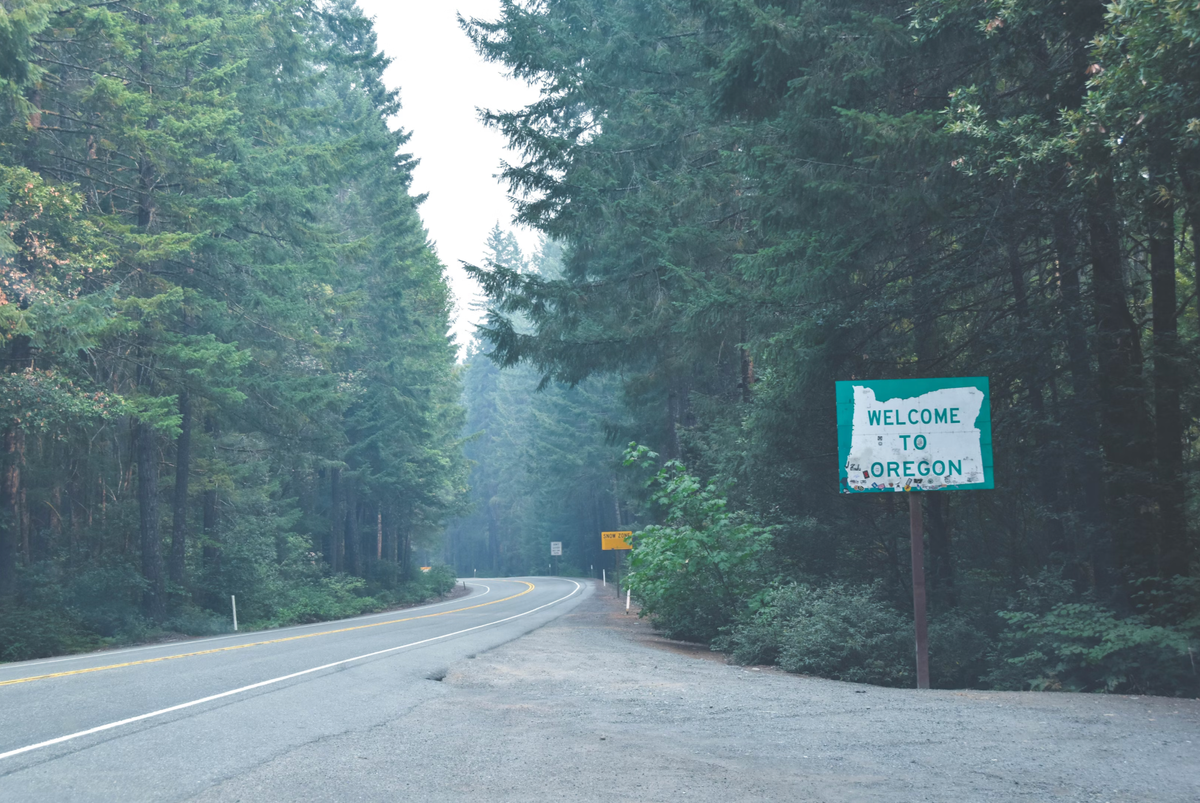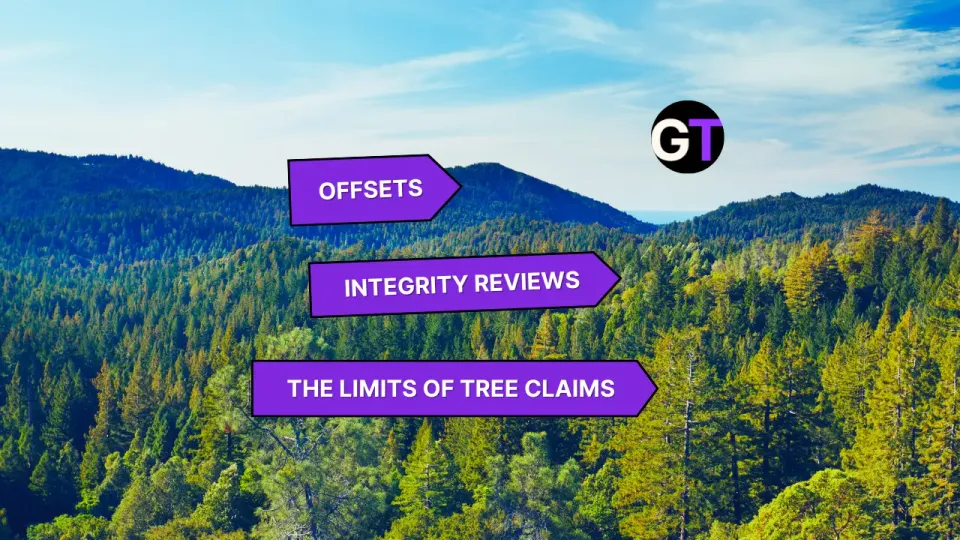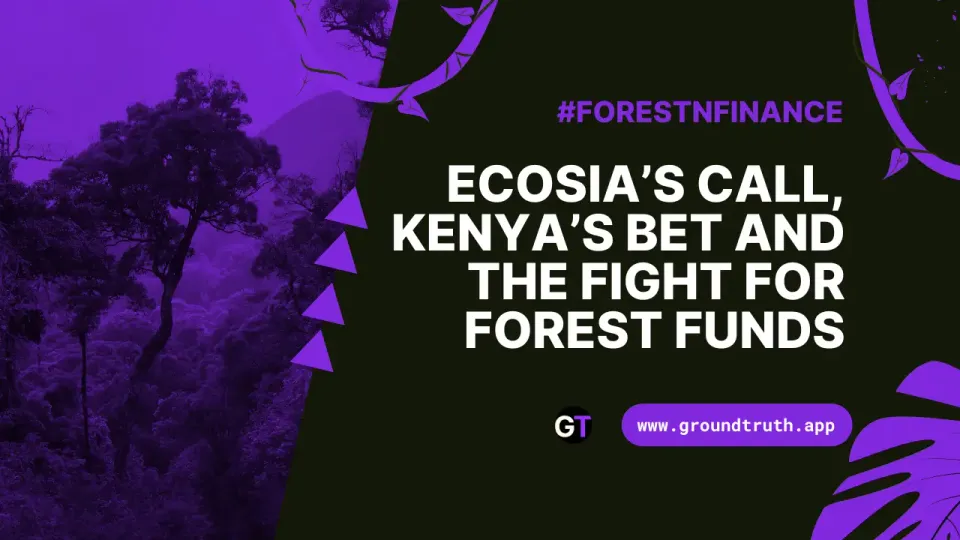Turning Trees into Climate Cash 🌲💸
Experts predict the state’s woodlands could capture millions of tons of CO₂

Alright, let’s talk about Oregon’s forests. Yes, they’re jaw-droppingly gorgeous, like the nature backdrop of your favorite desktop wallpaper—but they’re also ecological superstars, capable of storing carbon better than most ecosystems on the planet. We’re talking Amazon-rainforest-level efficiency here. And now, these forests are stepping up in the climate action game thanks to carbon markets, where trees become cash cows (well, cash trees? 💰) for sustainability.
Here’s the deal: Oregon’s forests have long been prized by the timber industry, but now they’re moving on to greener pastures—literally. Rather than chopping down trees for lumber, private landowners, public agencies, and even tribes are teaming up with carbon market companies to do the unthinkable: leave the trees standing 🌳🙌. By doing so, they generate carbon credits (think of these as little climate-friendly IOUs) that they can sell to businesses trying to offset their carbon sins. It’s a win-win: forests stay lush, landowners earn income, and businesses get to wave the “we’re going green” banner without, you know, actually cutting down on all their emissions.
Some key players in this tree-hugging hustle? Local families like the Christensens and tribes such as the Confederated Tribes of the Colville Indian Reservation. They’ve signed up for carbon credit programs that allow them to preserve their land and make some money on the side. It’s a smart move, too, because these forests aren’t just climate warriors—they’re environmental multitaskers, filtering water, providing wildlife habitats, and keeping the soil healthy while they’re at it. Basically, they’re the overachievers of the ecosystem world.
With Oregon’s renewed focus on reducing logging and managing forests better, experts predict the state’s woodlands could capture millions of tons of CO₂ over the coming decades 🌍💪. And as more landowners jump into the carbon market game, Oregon’s forests might just become the unsung heroes of climate action.
So, next time someone talks about “money growing on trees,” point them to Oregon—it’s not a cliché here; it’s a business model. 🌲
Sources
Banking on Oregon forests: Putting forests into carbon markets to address climate change. MIT Climate Portal. Retrieved November 7, 2024, from https://climate.mit.edu/posts/banking-oregon-forests-putting-forests-carbon-markets-address-climate-change.
Oregon’s forest restoration efforts gain momentum at Sisters event. KTVZ News. Retrieved November 7, 2024, from https://ktvz.com/news/environment/2024/10/30/oregons-forest-restoration-efforts-gain-momentum-at-sisters-event/.
Replanting forests. Oregon Department of Forestry. Retrieved November 7, 2024, from https://www.oregon.gov/odf/working/pages/replanting.aspx.




